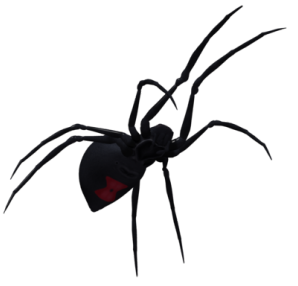Brachypelma albiceps (Mexican Gold Red Rump)
Country of Origin: Mexico
The Name:
The genus name “Brachypelma” is derived from Greek, where “brachy” means “short” and “pelma” means “sole of the foot,” referring to the tarantula’s physical characteristics. The species name “albiceps” comes from Latin, meaning “white head,” which highlights its distinctive coloration.
Natural Environment and Behavior:
The Mexican Golden Red Rump Tarantula, Brachypelma albiceps, originates from the dry forests of Mexico. This species thrives in semi-arid environments and its natural habitat is characterized by sparse vegetation and a mix of sandy and loamy soil.
In its natural behavior, this tarantula exhibits terrestrial tendencies, spending a significant portion of its time on the ground. Known for its burrowing abilities, it creates deep, silk-lined burrows for shelter and protection. In captivity, providing a suitable substrate that allows for digging and burrowing is essential to replicate its natural behavior.
Although generally calm, this species can display a defensive posture and flick urticating hairs if disturbed, so caution should be exercised during handling to avoid stress.
As an opportunistic feeder, the Mexican Golden Red Rump preys on various small invertebrates in its native habitat. In captivity, it is typically fed live insects, such as crickets, roaches, or mealworms, to meet its dietary needs. Its primarily terrestrial lifestyle means it spends a considerable amount of time on the ground or in its burrows, occasionally venturing out for feeding.
To ensure the well-being of this tarantula in captivity, it is crucial to create an environment that accommodates its burrowing instincts, maintain a secure enclosure, and approach handling with care.
Longevity:
Females can live up to 20 years, while males typically live between 5 to 10 years.
Size:
They range from 12 to 15 cm in size.
Husbandry:
Maintain humidity between 60-70% and temperature between 24-29°C. Use a mixture of peat moss, vermiculite, coconut fiber, and soil for substrate firmness.
Enclosure Size:
Slings: A small container with dimensions around 5 cm is suitable.
Juveniles: An enclosure with dimensions of approximately 10 cm.
Adults: require a tank with dimensions around 20 cm or larger.
